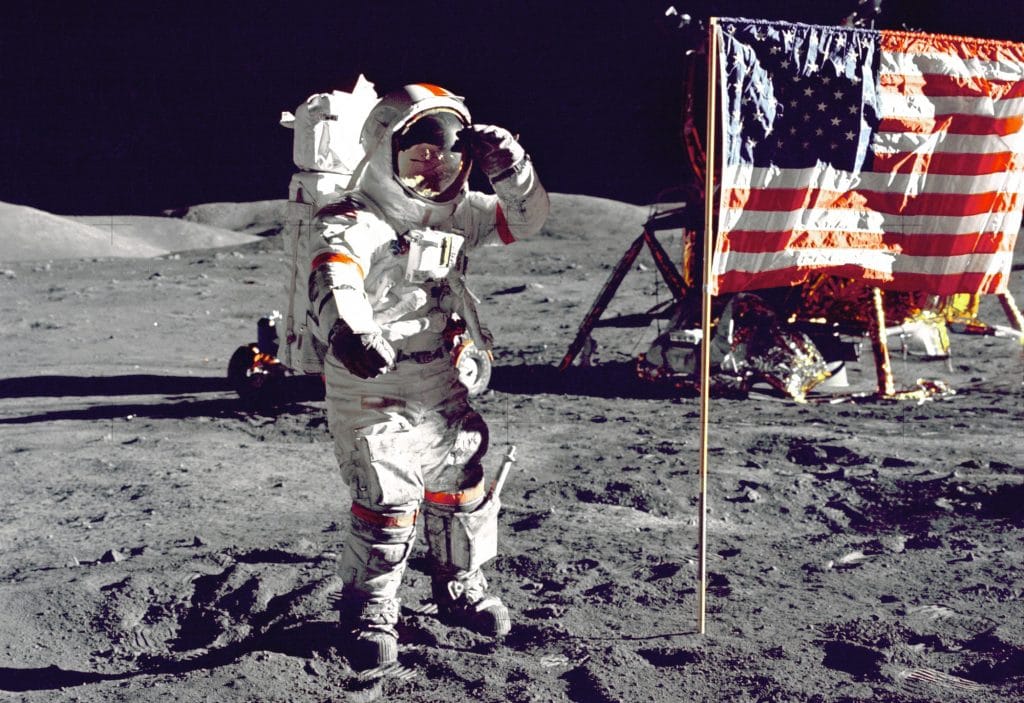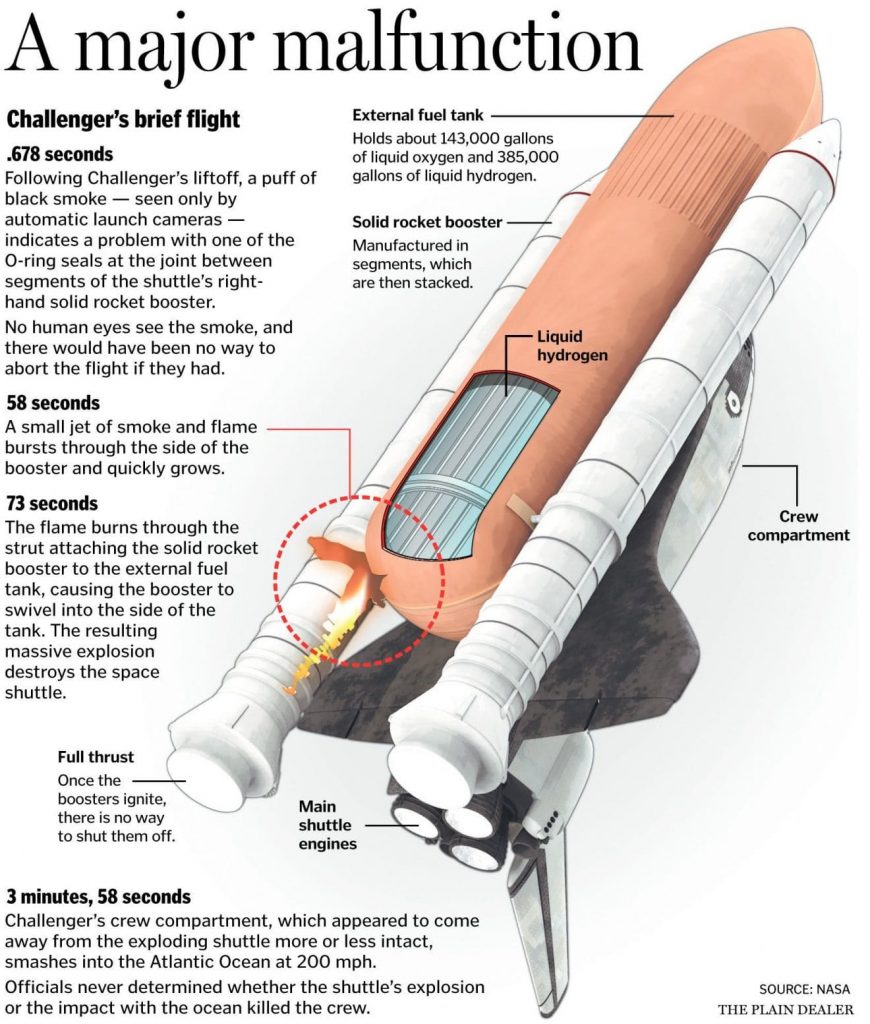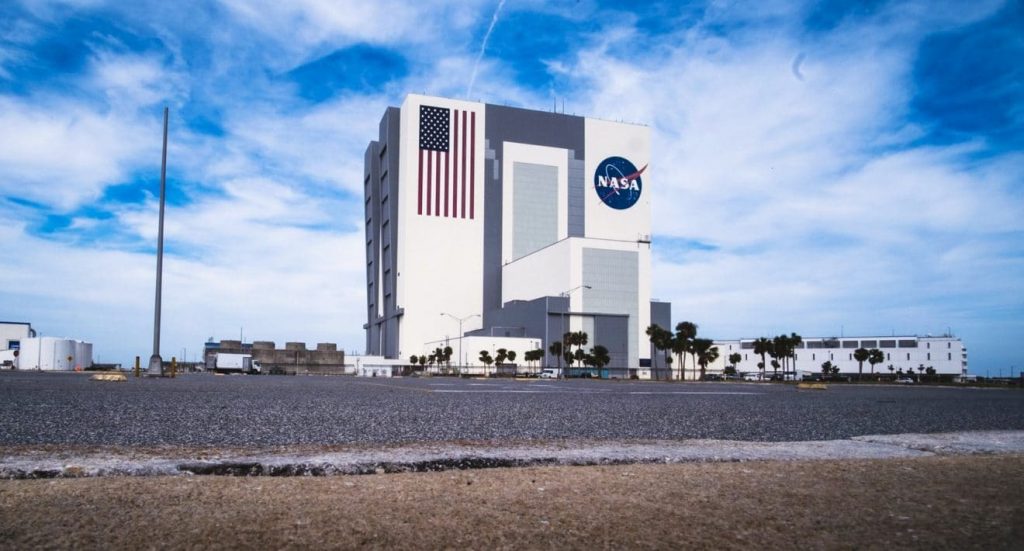With the 50th anniversary of the Apollo moon landing upon us, I’ve been thinking a lot about what an amazing engineering feat that landing was, but I’ve also been thinking about how it contributed significantly to a tragedy seventeen years later and how that connection provides enduring lessons for business leaders.
Many talk about the Apollo 11 moon landing as one of the most amazing engineering accomplishments in the history of humanity. But even that understates what was done in the summer of 1969.
Think of this – the Wright Brother’s first flight was just 66 years before the landing on the moon. Sixty-six years!
Imagine a world where it took just 66 years to get from the Model T to a Star Trek-like teleportation device, and you might come close to conjuring a similarly extraordinary accomplishment.
The moon landing was so incredible, so unimaginable that it’s the reason so many today still think that the landing was faked (to such skeptics I always ask, “Why was it faked six times?”).
NASA was praised globally for its achievement – and rightly so.

When did Apollo 11 start?
The program began in 1960 and took just nine years to meet its objective.
There were ten launches to validate all of the components and processes that would be needed to land a man on the moon over those nine years.
To put that into perspective, it took 15 years – 15! – for Boston to replace an elevated highway structure with an underground tunnel, a project nicknamed the “big dig.”
How much did Apollo 11 cost in today’s currency?
And Apollo only used about $144 billion in today’s dollars to meet its goals.
I say “only” because, given the scope of the project, this seems cheap.
Look at it this way: Jeff Bezos could have entirely funded Apollo and had $10 to $20 billion or so leftover – before his divorce anyway.
The moon landing was a miracle, no matter what metric you look at. And the managers at NASA were the gods who made that miracle happen.
Unfortunately, as my father, a retired astronaut, likes to point out, the cloak of “god” was taken on too literally by many at NASA, particularly in senior management.
Apollo planted the seeds that would make a biblical verse from the Book of Proverbs true:
Pride goeth before destruction, and a haughty spirit before a fall. (Proverbs 16:18)
Those seeds began to germinate in the design of the Space Shuttle.
For the first time, NASA designed a spacecraft without an emergency escape system that could be used during launch.
This meant the crew was trapped while the engines were running – a risk no other astronauts before the shuttle era had to face.
What’s perplexing, though, is this: why did every shuttle, like its predecessor space vehicles, have a system that would destroy the rocket during launch if something went wrong, causing the vehicle to plummet toward Orlando or some other populated area?
If the shuttle was so safe that it didn’t need an escape system, how could it also be so dangerous that it required a self-destruct mechanism?
The arrogance that led to this incongruent “it’s safe, but we might need to blow it up” logic bit NASA hard early in the program’s history.
Leadership lessons learned from the Space Shuttle Challenger disaster
In 1986, the lack of an escape system led to the deaths of seven astronauts on the space shuttle Challenger.
While the famous video of the loss of Challenger looks like an explosion, it was really a tearing apart of the vehicle. This is an important distinction.
That’s because the ripping apart of the rocket did not tear apart the crew cabin; it survived the disintegration of the system and the preponderance of evidence suggests the crew also survived until they hit the water of the Atlantic Ocean several minutes later.
An escape system might have saved them, but they were instead trapped in their tumbling cockpit.
The arrogance of an organization that could do no wrong also manifested itself in decisions that were made in the morning, weeks, and months leading up to the loss of Challenger.

There had been clear evidence in earlier missions of a component failure (the infamous O-rings) in the solid rocket boosters used to help the shuttle get off the pad and accelerate through the first two minutes of flight.
Fortunately, those failures had not been as severe as they could have been, so complete disaster was avoided on the prior 24 missions. But the evidence gleaned from those previous missions was enough to lead to some unambiguous warnings by NASA contractors.
One of them, an engineer named Roger Boisjoly, wrote a prophetic memo just six months before the launch of Challenger. It read, in part:
“If the same [failure we recently saw should occur again], then it is a jump ball as to the success or failure of the [solid rocket joint] because the secondary O-ring cannot respond to the [failure] and may not be capable of [re-sealing the solid rocket joint]. The result would be a catastrophe of the highest order – loss of human life …. It is my honest and very real fear that if we do not take immediate action to dedicate a team to solve the problem … then we stand in jeopardy of losing a flight along with all the launch pad facilities.”
Warnings like this went unheeded.
The gods of Apollo knew better, and this guided their decision-making.
Another thing influencing their behavior? Budget and schedule pressures.
The new NASA was not budgeted like that of the Apollo era. It was supposed to be cheap and allow for many launches a year.
In the end, many warnings bubbling up from the rank-and-file were viewed as suggestions that could be rationalized away.
Voiced concerns were the rants of overly-conservative engineers so buried in the details they missed the “big picture.”
What lessons can business leaders draw from Apollo 11 and Challenger?

First, revel in and celebrate success
But when you are at your pinnacle, force yourself to be particularly conscious of the decisions you’re making as you embark on achieving your next goal.
Don’t let “Apollo fever” cloud your judgment and make you feel invincible.
Be particularly vigilant if schedule and budget pressures are creeping into your daily discussions.
Second, listen to those who work for you
Most warning-signs aren’t immediately apparent to those in senior positions.
The number of things a leader has to worry about in an organization of even moderate size is large. This means that most executives have a reservoir of knowledge that is a mile wide and an inch deep.
This isn’t a bad thing; in fact, it’s necessary. But it means that it’s essential to listen to those in the weeds when they raise a red flag.
And lastly, be sure that the communication channels exist to enable that flag to be seen.
You want to be sure the “Challenger memos” get to you.
It does no good to have strong people working in the trenches who surface problems only for those problems to be buried in those same trenches with no senior management attention.
Yes, NASA deserves the accolades it received in 1969 and those it’s receiving anew today. But don’t forget what fabulous success can do to an organization if it doesn’t remember that pride does indeed go before the fall.





